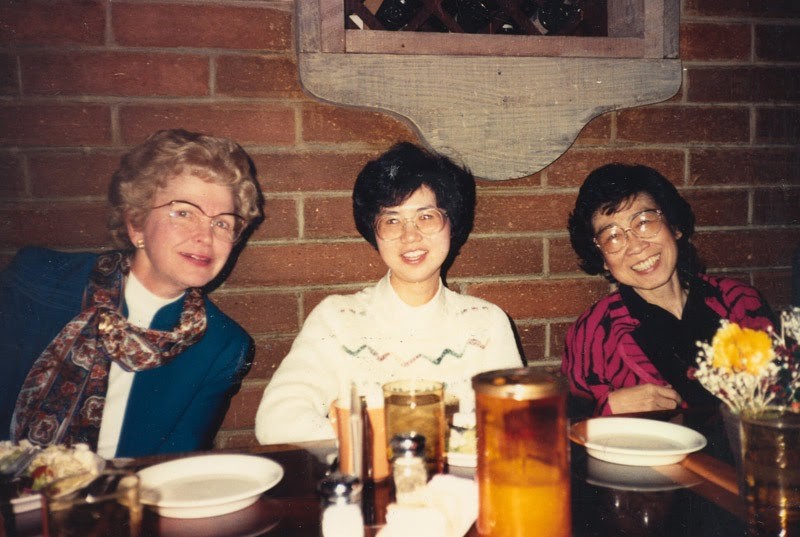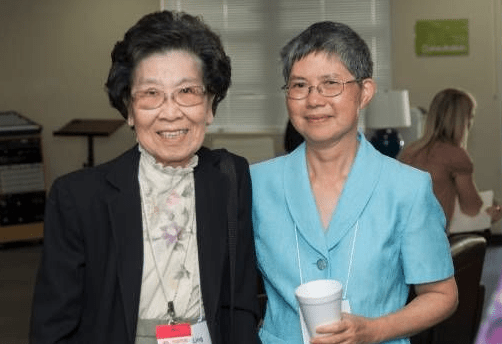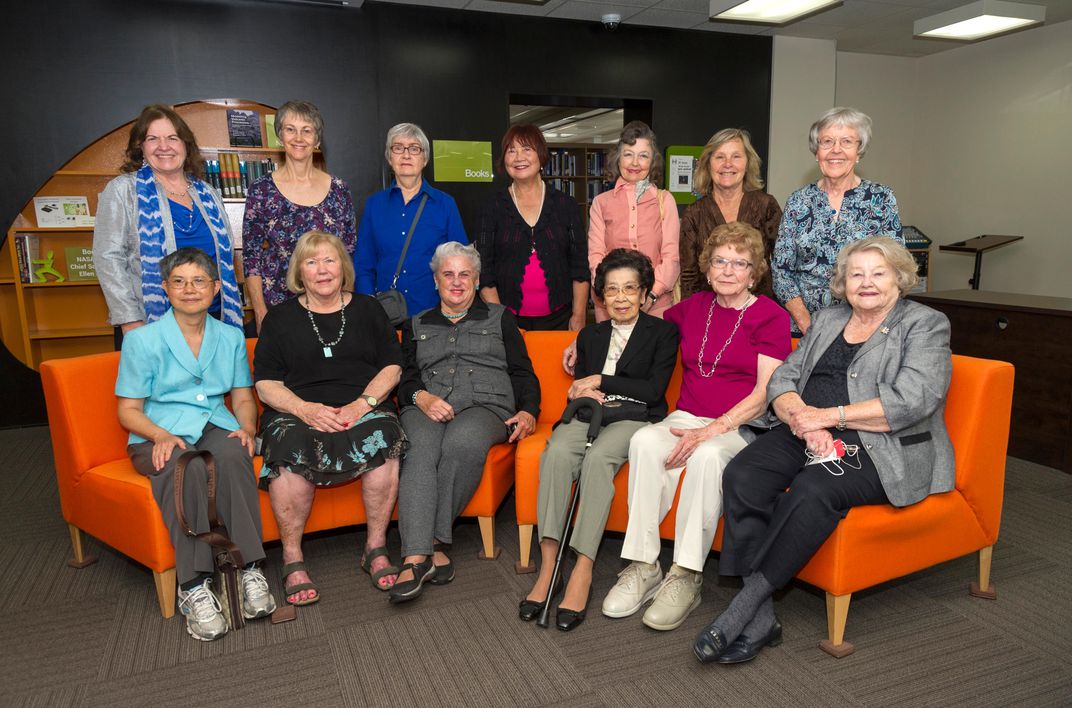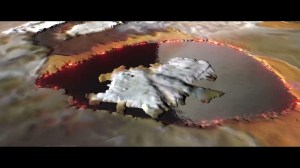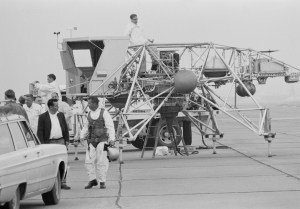As a child, Victoria Wang dreamt of becoming a school teacher, but like many children, her ambitions evolved as she grew older. Although her path may not have led to the career of her childhood dreams, it did take her to the stars.
Vickie was born in Toishan, a village outside of Guangzhou, China. However, she spent most of her youth in Hong Kong with her mother and grandfather, as the rest of her family did not get permission to leave Communist China. After graduating high school, she and her mother moved to LA in 1969, where she began her college education. Although she had wanted to be a school teacher in Hong Kong, she felt that her English was not good enough to be a school teacher in the US. A family friend suggested that she look into an emerging field, computer programming. However, when it came time to choose a major, there wasn’t even a computer science option, so she chose the next closest thing: Mathematics. Supporting herself as a typist, she graduated from the University of California at Los Angeles in 1973 with a Bachelor’s degree in mathematics. A few months later her uncle, who worked at the Jet Propulsion Laboratory, recommended her to Helen Ling, the supervisor of the Mission/Navigation Section. It only took one visit to JPL for Vickie to fall in love with the atmosphere. Luckily, just a week after her initial interview, the employment office called and offered her a job with Helen’s “group”.
The legendary Helen Ling’s group was responsible for performing trajectory calculations. Helen only hired women, noting, “Men back then always thought they knew more than you did, so if you hire them under you, they’re uncomfortable, you’re uncomfortable. So I just hired women just out of college. I thought that if you didn’t give them a chance, they’ll never get a chance.” Engineers would bring assignments to Helen, and in turn, she would assign the work. According to Vickie, “Much of the work had to do with mission needs such as power, propellant, space trajectory and [the] number of instruments a spacecraft could carry.” One of Vickie’s major responsibilities, assigned by the Flight Projects Support Office, was to design and develop timelines for the Deep Space Network (DSN) view period (the time spacecraft can be seen by a station).
As a supervisor, Vickie describes Helen as “very smart and sharp.” Helen took her role as a leader very seriously. She was well-known for rehiring women who had left to have children, creating a de facto family leave policy long before JPL had their own. She also was very committed to her employees furthering their education, encouraging Vickie to improve herself by taking classes and advising her on retirement funds. A year after she started at JPL, Vickie began her Masters’ degree in Engineering from UCLA. It took her just three years to complete her degree while working full-time.
In 1989, Vickie transferred to the Ground Systems Section as the Cognizant Engineer of the Galileo sequence generation program set (SEQGEN), turning desired activities into commands for spacecraft. As the Cognizant Engineer, she was tasked with overseeing some of the other programmers in the Galileo Project on design, development, testing, and documentation.
Then, in 1996 her role expanded, and she became responsible for sequence generation adaptation of the multi-mission software for several smaller projects such as Deep Space 1, Stardust, Genesis, Spitzer, Deep Impact I (EPOXI), Phoenix, Grail, and Juno. Before engineers send commands to the spacecraft to perform any task, the commands need to be verified to ensure the safety of the spacecraft/mission. Vickie’s job was to design/develop spacecraft models and flight rules to verify command sequences for uplink.
Vickie encountered the toughest challenge of her career in 2005 with the Deep Impact Mission. Deep Impact’s primary mission was to probe beneath the surface of a comet, Tempel 1. Shortly after entering heliocentric orbit, the probe unexpectedly switched itself to safe mode, which meant that commands could not be sent to the spacecraft. So, as the individual who verifies the commands, the pressure mounted on Vickie to find the cause of the problem. At first, there were not any obvious errors in the printed form of the sequence of commands. Vickie then decided to run each command individually through the system. Once the error occurred, she analyzed it in a special view on the computer monitor, finding an extraneous non-printable character attached to the command. Once that extraneous character was removed, the system accepted the sequence, and the spacecraft was returned to full operational mode. The mission went on to be completely successful, with the probe completing its planned impact with Tempel 1 in 2005.
NASA recognized Victoria Wang’s dedication to the agency in 2011 with the NASA Exceptional Service Medal. The award reads, “For sustained and substantial contribution in modeling spacecraft and flight rules for the purpose of verify command sequences for NASA missions.” Vickie considers this award to be one of the crowning achievements of her career.
Vickie retired from JPL 8 years ago, but she still lives in Los Angeles. She got married in 1977 and has two children, a daughter and a son. After nearly 40 years at NASA, Vickie has some advice for the young people who are just beginning their careers, “Work hard and work smart. Ask a lot of questions so that you know how to tackle the problems.”
Thank you to Victoria Wang for taking the time to answer questions about her experience.





























